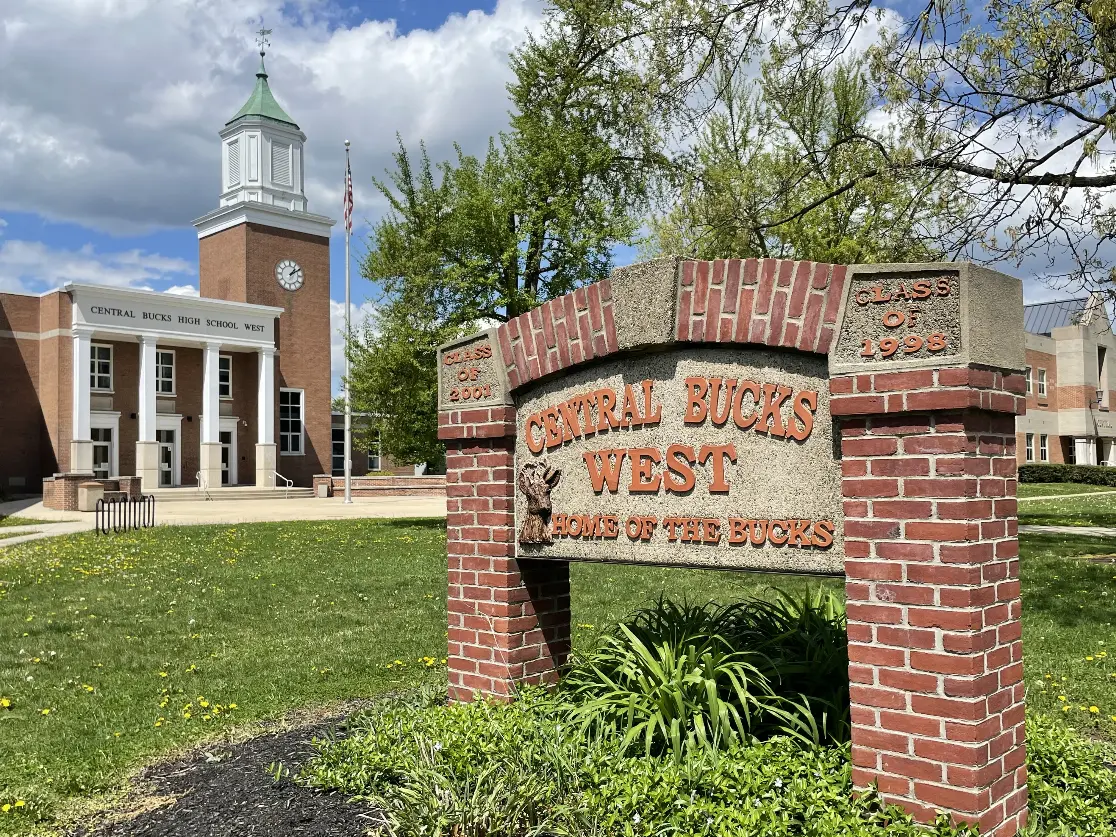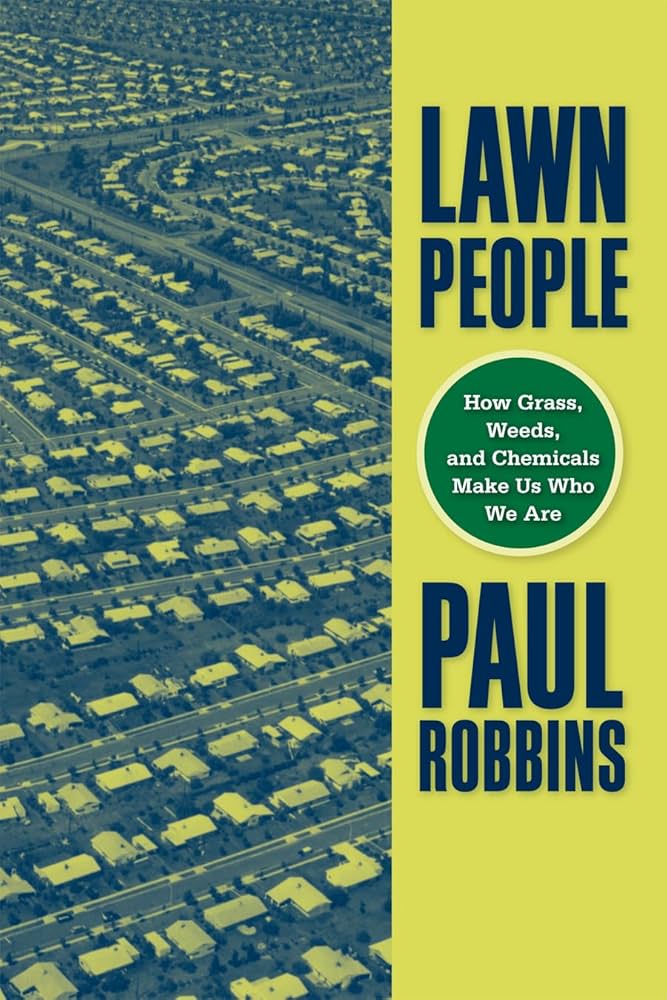The California Wildfires
By: Paloma Barker
In recent events, the dry state of California has caught on fire. Occurring in the pacific palisades and Altadena, around 37,000 acres of homes and businesses went up in flames. Around 30 people have been claimed dead as the fires had spread rapidly through L.A. An estimated 17,291 structures have been destroyed in the blaze. The fires emerged on January 7th after bouts of strong winds reaching up to 70 mph and a long climate change induced drought of less than 10% annual rainfall, the fire was able to rapidly catch and spread with the continued rushing of wind.
The first fire was called the palisades fire as it occurred in the pacific palisades area. At first called a brush fire, its flames reached a whopping 23,448 acres before being 100% contained. The second fire was called the Eaton fire, this one blazed only a few hours after the first devastating blaze. 14,021 acres exactly have been burned in this blaze, mostly in the canyon area of the local national forest. Many other fires ignited including “the Lidia, Archer, Woodley, Sunset, Kenneth, Hurst and Auto fires” stated Tim Stelloh, Marlene Lethang, Rebecca Cohen, Phil Helsel, and Steve Kopack, in the California Wildfires: What we know about L.A.-area fires, what caused them, who is affected and more article. All together these fires burned 2,399 acres. Then two weeks later on January 22nd in the Castaic Lake region, the Hughes fire erupted from the parched wind. This blaze encompassed 10,425 acres.
Of the estimated 29 deaths, few have been identified. Despite this depressing news the rate of newly homelessness is bound to increase as people are allowed to reenter into the burned areas. Some 200,000 people were evacuated, many of whom have nothing to return to. What is the inevitable cost of such a scorching? Well, the total economic loss may exceed 50 billion dollars. There are also some long-term implications of these fires. Many health concerns including toxic smoke induced respiratory issues, spread of toxic chemicals, and the damage of lingering ash. The relating issues fall into few categories: respiratory, cardiovascular, neurological, reproductive, and immune systems, all of which may be impacted on a large scale as a result of the fire and smoke. Many pollutants have spread past the scorched zone including microplastic, asbestos, and heavy metals. These pollutants could even seep into the water systems and impact wide range drinking water.
At this time all the fire locations have been cleared 100% contained and people are able to return home. Many of these unfortunate souls will come back to nothing but ash and rubble. 29 families are missing a loved member, and many more will have to balance the financial struggle of rebuilding their home, business, or school/community. 37,000 acres of communities and national forests have been ravaged by the blaze. Just how long will it take California to rebuild? The next few months will be definition between prolonged homelessness and temporary displacement for many in the local areas. With the fires finally out California may finally begin to rebuild, regrow, and renew itself.











